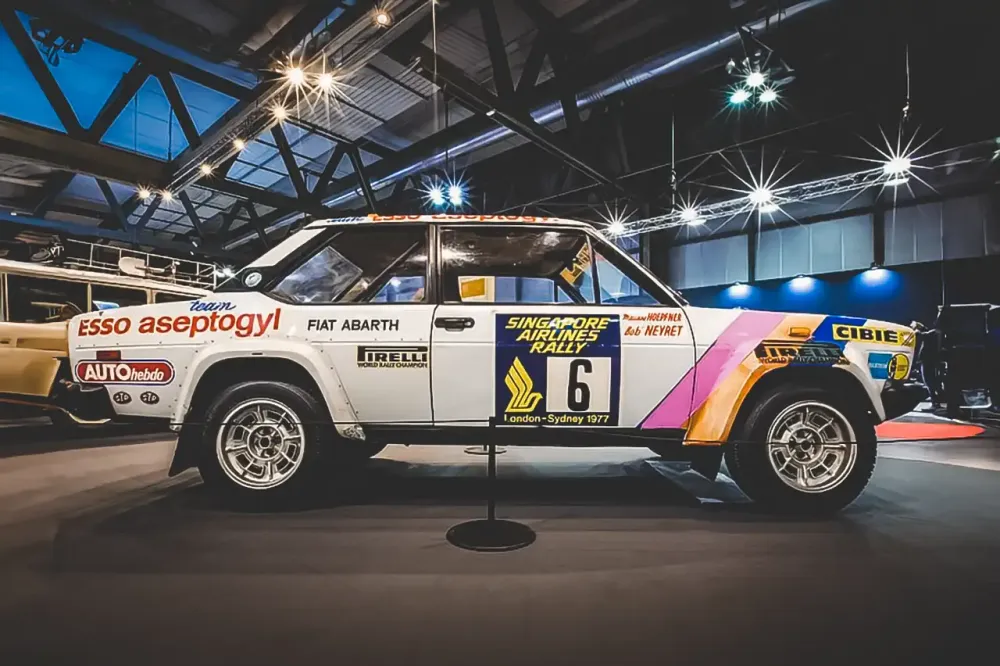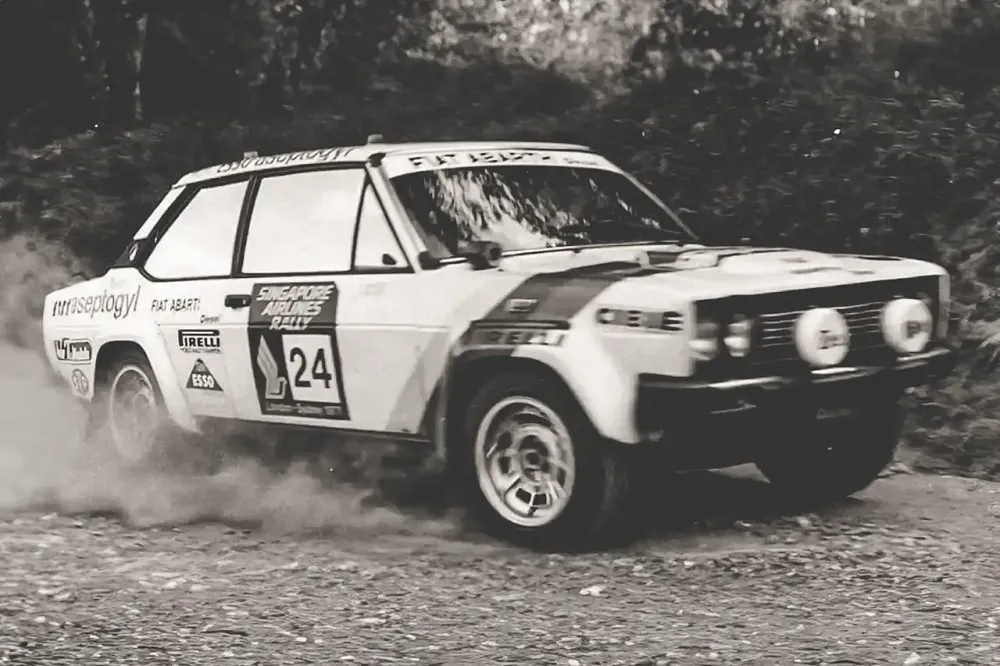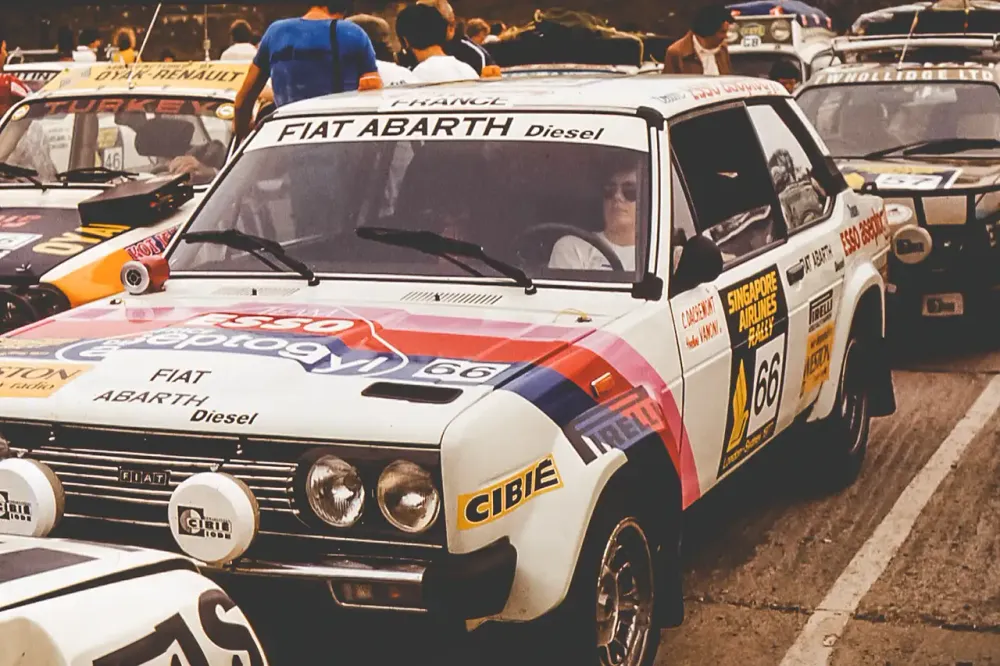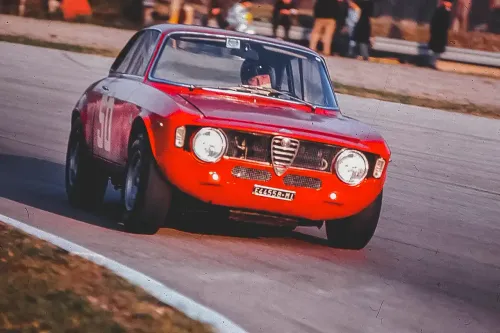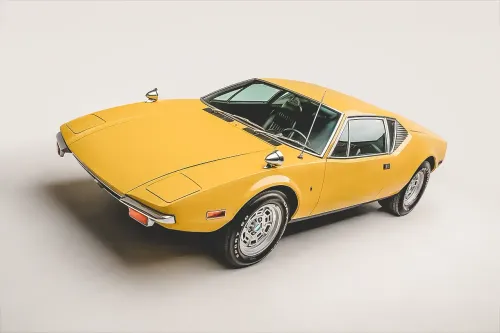The unknown Fiat 131 Abarth... Diesel!
Photos: FCA Heritage/AutoSprint
In the late 1970s, Fiat decided to launch a Diesel version of the 131 Mirafiori sedan on the market, and decided to test it, before its official presentation, in an incredible endurance race, from London to Sydney: the excellent result was a launch-pad for the car's commercial success.
Having scheduled the presentation of the new Diesel version for April 1978 at the Turin Motor Show, Fiat decided to enter three pre-production cars, suitably prepared by Abarth, in the London - Sydney Rally, a particularly tough intercontinental endurance race in which several Constructors were taking part.
The Diesel engine, built at the SOFIM plants in Foggia, was a four cylinder unit with displacement of 2.5 litres, capable of delivering 72 horsepower at 4,200 rpm. Its larger size made it necessary to add a bump in the bonnet, which became a distinctive feature of all 131 Diesel cars.
One of the four cars was used for all the testing procedures, after which the Abarth team entered the other three for the Rally. The preparation work carried out by Abarth was mainly intended to enable the cars to withstand the prolonged stresses and strains they would face during the race. The front bumper was used to mount the large Cibiè Super Oscars as auxiliary headlights, while the windscreen mountings were reinforced, the wheel arches were widened and the wheels were inherited from the 131 Abarth rally, as were the safety rollbar and the bonnet and boot retainer hooks.
Two cars made it to the finish in Sydney and it was a dual triumph: 15th and 23rd positions overall, but most importantly first and second in the Diesel car category! Even before its official launch, the 131 Diesel had already built up an impressive reputation for itself.
On 14 August 1977 there were three Fiat 131 Abarth Diesel cars on the starting line in London: no. 6 driven by the French team of Robert Neyret (a Morocco Rally specialist) and Marianne Hoepfner (a skilled rally and raid driver); no. 26 of the Italian team comprising Giancarlo Baghetti (who drove in Formula 1 for Ferrari, Lotus, Brabham, BRM and ATS in the '60s) with Tommaso Carletti (Fiat engineer, in charge of the development department) and no. 66, the all-female team of the young Frenchwomen Evelyne Vanoni and Christine Dacremont. A total of about 180 cars set off.
The race was organised by Singapore Airlines, which planned the route to pass through all the main airports served. The start in London was in Covent Garden, from where the cars headed to the coast for the first ferry, which would take them overnight to Holland. Once on the continent, the route zigzagged from Amsterdam to Frankfurt and then Paris before heading for Milan. It took eleven hours to cross Yugoslavia, then finally came Greece, where the teams would be able to rest after four days and four nights of non-stop driving. However, due to the need to make up the delays they had accumulated, only a few teams really did get a rest.
After Athens came the most competitive part: Thessaloniki, Istanbul and Ankara, through to Tehran. 400 km of salt desert to reach Tabas in Iran. Then north-east to Fariman, across the whole of Afghanistan to Herat and Kandahar, then Kabul, and across the North-West frontier to Pakistan, followed by Delhi and Bombay. Onward by way of Bangalore, and by ship to Malaysia. From Penang, two stages in the rubber plantations, via Taiping, Ipoh, and Tanjong Malim to Port Dickson on the coast, then from Muar in southern Malaysia to Labis, Kluang, Jemaluang, Johor Bahru and finally Singapore. The next part, in Australia, involved more than 13,200 km, completed in seven days and 16 hours.
The race route, mostly on unpaved roads, was more than 30,000 km long and the 30 days planned were extended to 45.
With most of the marathon behind, the female team saw their aspirations fall through when their Fiat rolled after a colision with the French team Dacremont/Vanoni, running a Citroën CX 2400.
The other two 131 cars reached the finish in Sidney on 27 September, and Neyret/Hoephner's car won its class, while Neyret/Hoephner
were second.
This performance was as excellent publicity for the 131 Diesel, which was launched in Turin a few months later.







